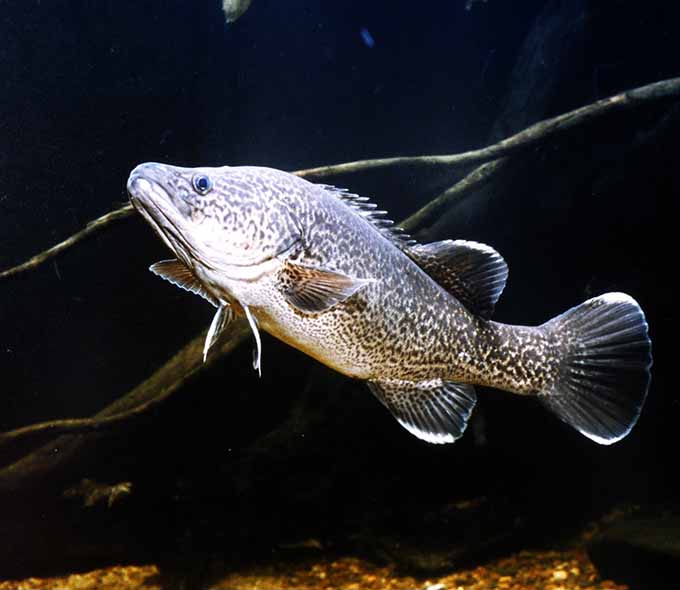Supporting native fish in the Wambuul-Macquarie
Water for the environment has been delivered to the Wambuul-Macquarie River in central west New South Wales to aid the recovery of native fish populations.
The NSW Department of Climate Change, Energy, the Environment and Water's Biodiversity Conservation and Science division is managing the delivery of a spring pulse in collaboration with the Commonwealth Environmental Water Holder.
The spring pulse flow is designed to help native fish downstream of Warren, such as Murray cod and freshwater catfish, to breed and recruit. A more stable river flow through late October and November will follow the September pulse to keep nesting sites safely under water.
Senior Wetlands and Rivers Conservation Officer Tim Hosking said this part of the plan focuses on improving nesting success and the growth of young hatchlings to increase the number of breeding adults.
'Encouraging spawning is only part of the job – how we get more of these young fish into the breeding population is something NSW DPI Fisheries are continuing to investigate, and that work is informing the targeting of flows.'
'Keeping the river at a more consistent level when the water warms in October and November helps native fish like the endangered freshwater catfish and Murray cod to nest and provide conditions to support successful breeding.'
'While helping those bigger angler species, we are also benefitting the lower parts of the food chain like the shrimp, yabbies, and small-bodied native fish such as smelt, hardy heads and carp gudgeon.'
'By sustaining the entire food web, we are creating conditions for our native fish to not only recover but thrive,' Mr Hosking said.
In addition to providing ideal conditions for native fish, the environmental flow will capitalise on the positive environmental conditions across the Macquarie Marshes.
'The Macquarie Marshes has seen a dramatic improvement since 2019, and our current emphasis is on preserving some of these environmental gains and building ecosystem resilience in anticipation of future dry periods' he said.
Healthy and inundated wetlands in the marshes are excellent habitat for waterbirds.
'The wetland condition plus additional spread of water from this pulse up to around 20,000 hectares for a few months will allow a variety of waterbirds to nest there, including brolgas, magpie geese, ducks and swans.'
'There are no signs yet of a large-scale ibis or egret breeding event, which will depend on widespread catchment rainfall,' Mr Hosking said.

The spring pulse flow is designed to help native fish such as Murray cod and freshwater catfish.